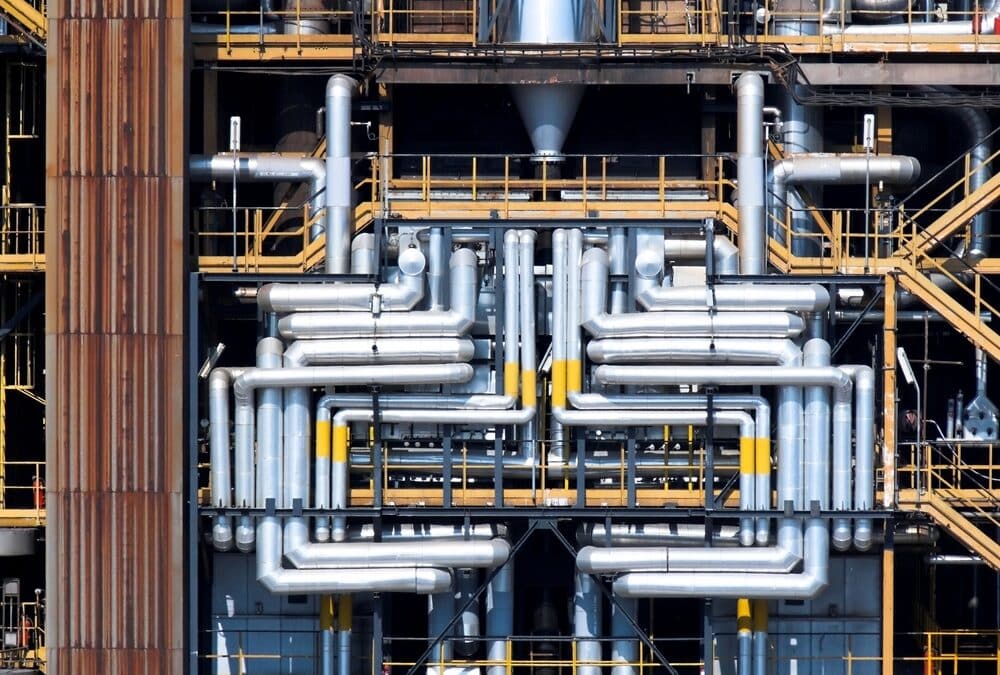Pipeline integrity is not just about inspections—it starts with precise pipeline geometry assessments. Understanding the shape, size, and condition of a pipeline is crucial for ensuring safe operations, preventing failures, and optimizing flow efficiency. Without accurate geometric data, operators risk deploying inspection tools in pipelines that may be obstructed, deformed, or structurally compromised.
Advancements in pipeline geometry technology allow operators to detect irregularities early, ensuring their assets remain safe and operational. Let’s explore how these technologies are shaping the future of pipeline integrity.
Why Pipeline Geometry Matters
A pipeline’s geometry determines how well it can transport products, accommodate in-line inspection (ILI) tools, and withstand operational stress. Pipeline geometry tools provide critical data that helps operators:
- Detect deformations early – Identifying dents, ovalities, and bore restrictions before they cause failures.
- Ensure ILI tool passage – Prevent costly tool damage by verifying clearance.
- Optimize flow efficiency – Maintaining smooth product movement by reducing flow disruptions.
- Enhance integrity management – Addressing structural concerns before they escalate.
From construction to ongoing maintenance, precise pipeline geometry data is essential for safe and efficient operations.
Advanced Technologies in Pipeline Geometry Assessment
To maintain pipeline integrity, operators rely on cutting-edge tools designed to measure, map, and analyze pipeline geometry.
Geometry Gauging Tools
Before launching an in-line inspection, operators must confirm that the pipeline’s geometry allows safe tool passage. GoNoGo inspection tools, for example, provide a simple yet effective way to determine whether an ILI tool can navigate the pipeline without obstruction. Winterhawk Pipeline Services offers industry-leading GoNoGo tools that deliver fast and accurate clearance assessments, preventing unnecessary risks and delays.
Caliper Inspection Tools
Caliper tools precisely measure a pipeline’s internal geometry, identifying deformations such as dents, wrinkles, and ovalities. These tools are essential for ensuring that pipelines can safely accommodate cleaning and inspection tools while maintaining structural integrity.
High-Precision Mapping Technologies
Advanced mapping technologies, such as laser-based and electromagnetic sensors, provide detailed 3D models of a pipeline’s interior. These models help operators visualize problem areas, plan maintenance activities, and optimize pipeline performance.
Debris Measurement & Cleaning Optimization
A distorted pipeline shape can lead to debris accumulation, reducing flow efficiency and increasing corrosion risk. Debris measurement tools pinpoint accumulation points, allowing operators to implement targeted cleaning strategies. Winterhawk Pipeline Services provides cutting-edge debris mapping solutions, helping operators maintain clear and functional pipelines.
Integrating Pipeline Geometry Data into Integrity Management
Gathering pipeline geometry data is just the first step—what operators do with this information is what truly matters. The best integrity management programs integrate pipeline geometry data with inspection results, maintenance plans, and regulatory compliance efforts.
Condition-Based Maintenance Strategies
Rather than relying on routine schedules, operators can use pipeline geometry data to develop condition-based maintenance plans. By addressing specific deformations and debris buildup, companies can reduce unnecessary downtime and extend the life of their assets.
Regulatory Compliance & Safety Assurance
Regulatory bodies require strict adherence to safety and integrity standards. Accurate pipeline geometry assessments help operators stay compliant by providing verifiable data on pipeline conditions, reducing the risk of fines and shutdowns.
Proactive Risk Management
Using pipeline geometry tools to identify potential weaknesses before they lead to failure is a cost-effective approach to risk management. By detecting and addressing minor deformations early, operators can avoid major incidents, environmental damage, and financial losses.
Conclusion
Pipeline integrity starts with geometry. Accurate assessments ensure that pipelines remain safe, efficient, and inspection-ready. By leveraging advanced pipeline geometry tools—from GoNoGo inspections to high-precision mapping—operators can prevent failures, optimize performance, and maintain regulatory compliance.
For industry-leading pipeline geometry solutions, Winterhawk Pipeline Services provides the expertise and technology to help operators stay ahead of potential risks. Take control of your pipeline integrity strategy today.

